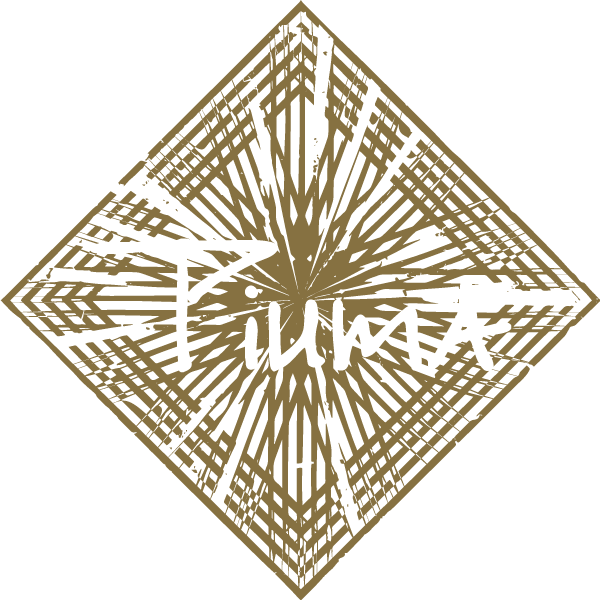Piuma | Articles
Building an Eco-Friendly Recording Studio
July 27, 2016 | Los Angeles, CaliforniaFor years I've been dreaming about (and saving up for) building a recording studio. After some blood, sweat, and unanticipated costs, I just finished construction. It has been a wild ride bringing the vision to life—and I thought I would share what I learned along the way. I'm writing this article to help anyone who wants to build an eco-friendly soundproof room, which could function as a recording studio, but also a home theater, rec room, or just a super quiet bedroom or office.
Watch the construction process of Piuma's eco-friendly recording studio, featuring Bonded Logic's UltraTouch Insulation, Acoustical Surfaces' Acoustik subfloor underlayment, and Ilumi's Smart and energy efficient LED lights.
Soundproofing Construction Strategies
Building a recording studio is exciting, but also daunting. You're building a room within a room, which can almost double your cost and timeline. The hardest part is that your studio will only be as soundproof as its weakest link; you have to put equal focus into every part of the studio. If you care about the environment, then your other task is to build your studio using eco-friendly strategies and materials. While budgets and studio designs can vary greatly, I am focusing this article on elements common to any studio.
As a primer, to build a soundproof room:
- Isolate sound vibrations from between the inner and outer structure (often referred to as building a "room within a room"
- Absorb sound vibrations by adding mass
- Provide silent ventilation/air conditioning
Eco-Friendly Construction Strategies
To make your studio eco-friendly:
- Source materials made from recycled materials that also have high STC/sound absorption ratings
- Design the studio for energy efficiency
- Buy products that are also energy efficient
- Offset lumber by planting trees
My focus is on specific eco-friendly construction materials. I will explain why these materials are effective in isolating/absorbing sound and reducing costs. But also how the materials are sustainable and energy efficient.
Recycled Denim Insulation
When building your studio, you need LOTS of insulation. The insulation makes the room energy efficient by retaining the indoor temperature, but is key in absorbing all the sound transmitting through the walls, which could reverberate within the framing structure. Through my research, the standard for studio construction seemed to be the Owen's Corning 700 series; however, I then came across Bonded Logic's UltraTouch Sound Control System.

UltraTouch Sound Control System
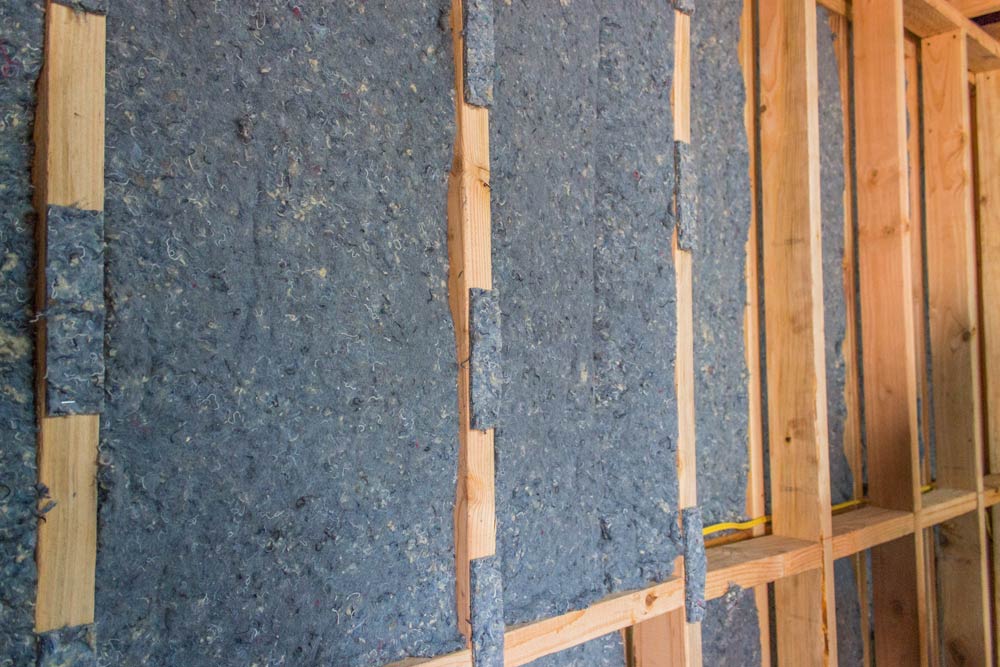
Bonded Logic's UltraTouch Sound Control System Insulation
UltraTouch is made from 80% recycled denim i.e. your old jeans, which makes it a million times easier to work with than fiberglass, which is hazardous. UltraTouch also has some mass to it, which gives it 11 more STC points over its closest competition, absorbing significantly more sound especially in the low end (which is really important). UltraTouch is also less expensive.
FYI: I was provided a sponsorship from Bonded Logic, Acoustical Surfaces, and ilumi for my honest review. All thoughts and opinions expressed here are my own, not influenced by these sponsors or their affiliates.
Insulation STC and Price Per Square Foot Comparison - Chart
| Insulation Type | 125 | 250 | 500 | 1000 | 2000 | 4000 | STC | PRICE PER SQUARE FOOT |
|---|---|---|---|---|---|---|---|---|
| Octave Band Center Frequency | ||||||||
| Bonded Logic - UltraTouch - 3.5" thick1 | 21 | 40 | 48 | 52 | 46 | 48 | 45 | $0.77 |
| Owens Corning - 3 5/8" thick + 1/2" plywood2 | 17 | 25 | 29 | 36 | 41 | 45 | 34 | $3.25 |
| Roxul - Rockboard 60 - 3" thick3 | No data available.4 | $1.50 | ||||||
I was surprised to learn that the most environmentally friendly insulation (UltraTouch) has the highest STC rating, and also the lowest cost. STC stands for Sound Transmission Class, which is the measurement used to calculate the effectiveness of soundproofing materials in reducing sound transmission between rooms. The higher the STC rating, the more effective a material is at blocking sound.
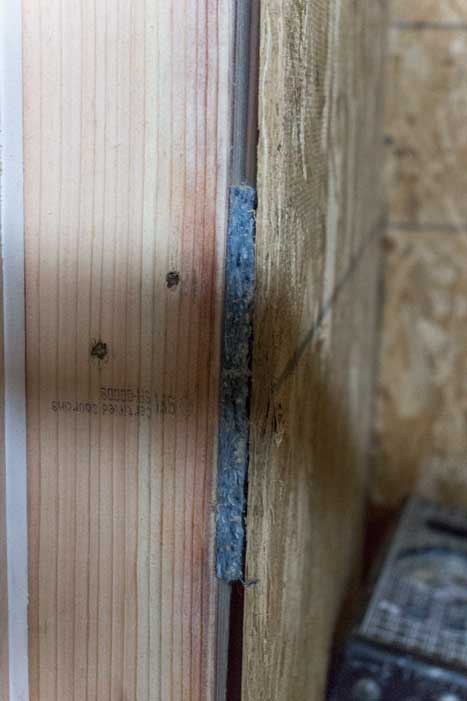
UltraTouch Sound Control Insulation Strips absorb sound vibrations that would transfer between the walls and into studs/framing, helping further isolate the inner room.
UltraTouch can be purchased by itself, but it can also come in a Sound Control System, which includes isolation strips. The strips are stapled to the studs and help absorb vibrations that would transfer through the walls and into the framing structure. Buying isoclips with furring channels can be very expensive and also limits how much mass can be added to the walls, since all the weight is being held on furring channels.
UltraTouch is available at Lowes, and also offered in bulk through Acoustical Surfaces.
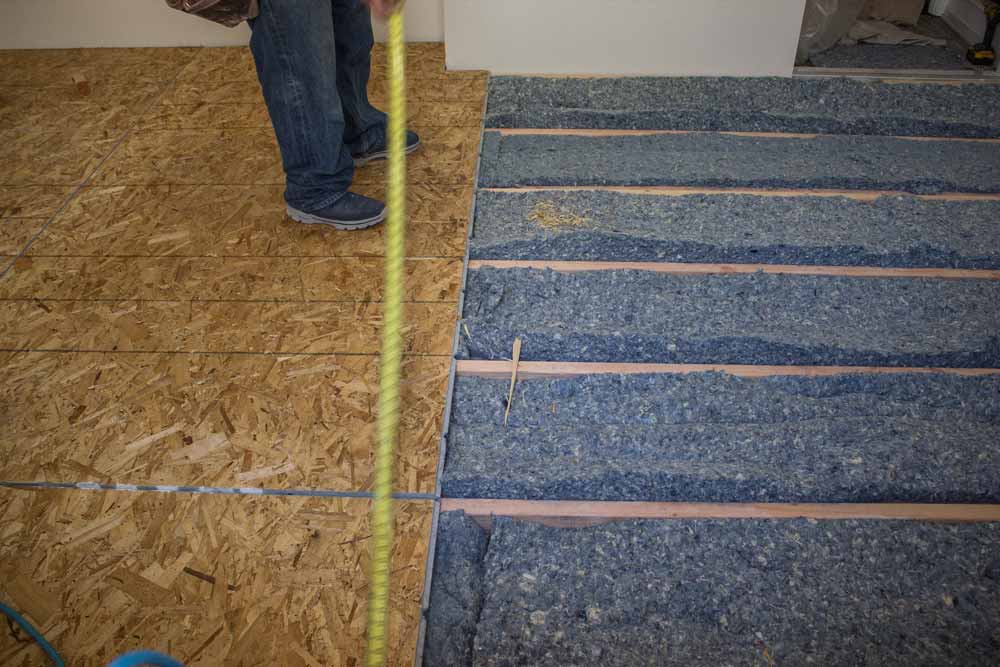
UltraTouch insulation can also be used in subfloor framing.
Recycled Rubber Subfloor Underlayment
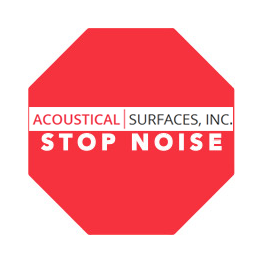
Acoustical Surfaces | Acoustik Underlayment
Bass frequencies travel mostly through the flooring and can cause buzzing that travels through corners and walls. Some studios use neoprene or isolating brackets below the walls; however there is an eco-friendly product called Acoustik, offered by the experts over at Acoustical Surfaces. Acoustik is made from 100% recycled rubber and creates an effective vibration barrier, as a subfloor underlayment. When combined with an acoustical sealant, creating a 1/4" membrane around the perimeter, sound vibrations are absorbed and stopped from vibrating into the walls and framing. Acoustik is glued down to plyboard or concrete. Then most types of flooring can be laid on top.
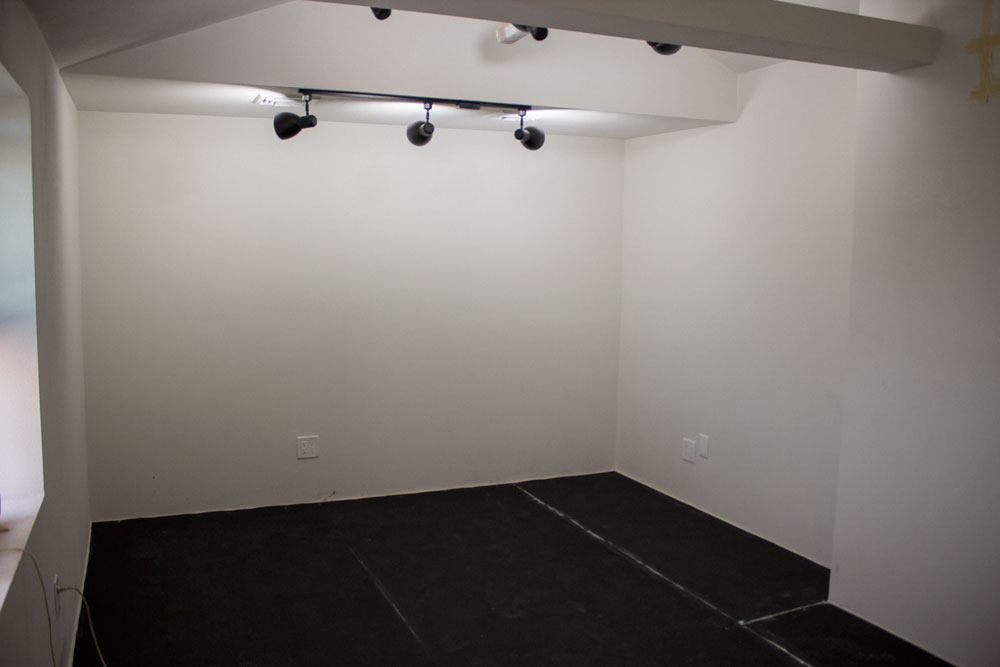
Acoustik Recycled Rubber Subfloor Underlayment from Acoustical Surfaces
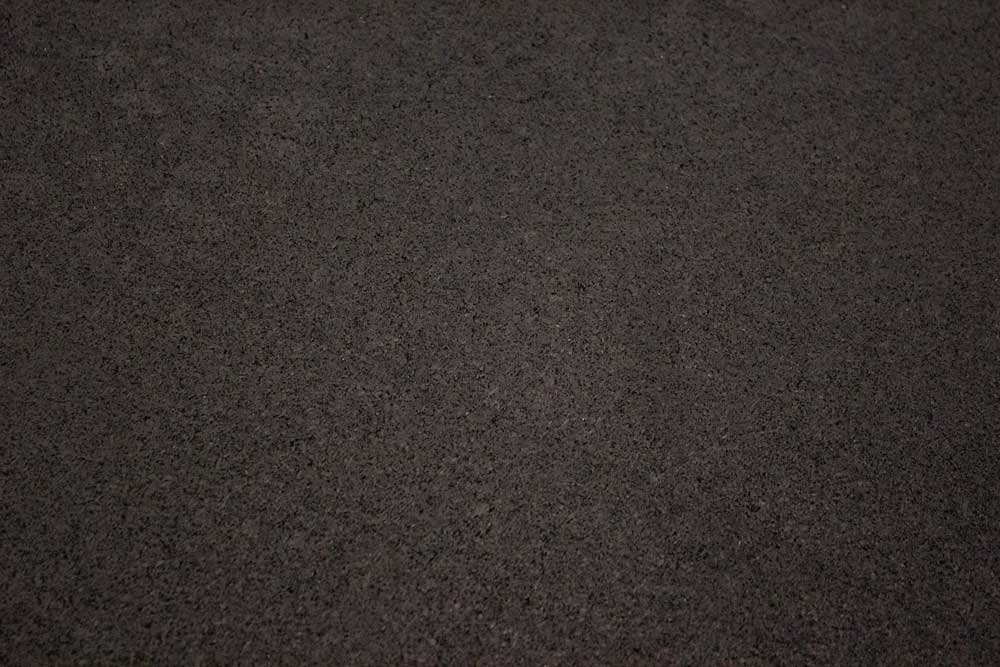
Acoustik 100% Recycled Rubber Subfloor Underlayment - Close Up.
Energy Efficient Lighting
Natural Light - Triple Pane Window
One of the hardest decisions I faced building the studio was to include a window. I've worked in many studios with no natural light, and after a while it can get depressing, especially on a bright sunny day when you need to get things done, or when its raining and you want to be connected with the outdoors even though you can't get outside. I decided to add a triple pane window, with an STC of 54. Combined with acoustic curtains, I can't hear any outside noise. By including a high STC triple pane window, you get natural light during the day, but energy costs are also cut since you don't need as much powered lighting. Just note that a triple pane window will probably be your biggest cost.
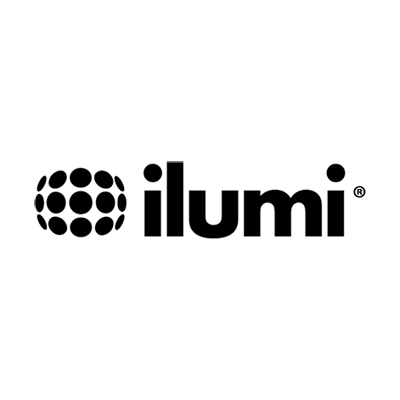
Ilumi - Smart LED Lights
When looking for energy efficient LED lights, I came across Ilumi. Ilumi creates smart LED light bulbs that are super energy efficient, last twenty years, and can be controlled with your smartphone. The BR30 fits in a standard light bulb socket and provides a wide, but at the same time focused spotlight that can be turned into any color combination and scene layout. The bulbs can also automatically turn off when you leave the room, and be put on a schedule throughout the day. To save floor space, I added the bulbs to track lights, but they can be put on floor lamps as well.
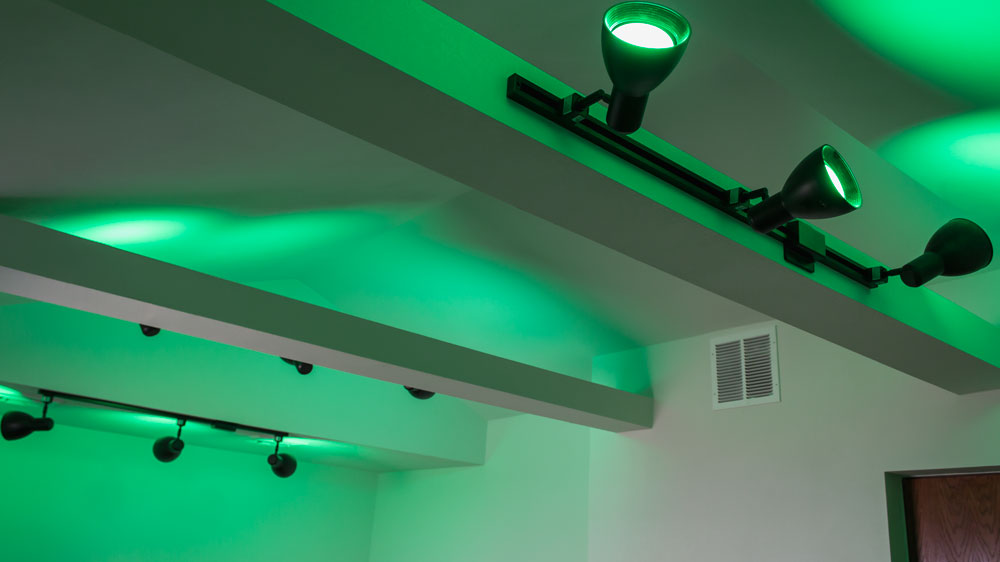
Ilumi Smart LED Flood Lights - BR30. Energy efficient light bulbs controlled with your smartphone.
Offsetting Lumber by Planting Trees

Donations to TreePeople
To offset the lumber used, I am planting trees through TreePeople. For 42 years now, TreePeople has been planting over 2 million trees throughout Los Angeles, beautifying the landscape and bettering the environment.5 Each $25 donation goes towards planting and maintaining a tree, as well as educating volunteers about the process.
Conclusion
The products I used effectively isolate and absorb sound vibrations with high STC values, add energy efficiency, and/or are sourced from eco-friendly materials. To learn about powering your studio with green energy and Making an Environmentally Friendly Vinyl Record check out my article and video. Please join my fan email list below and feel free to reply back to your confirmation email with any questions! Thanks for reading.
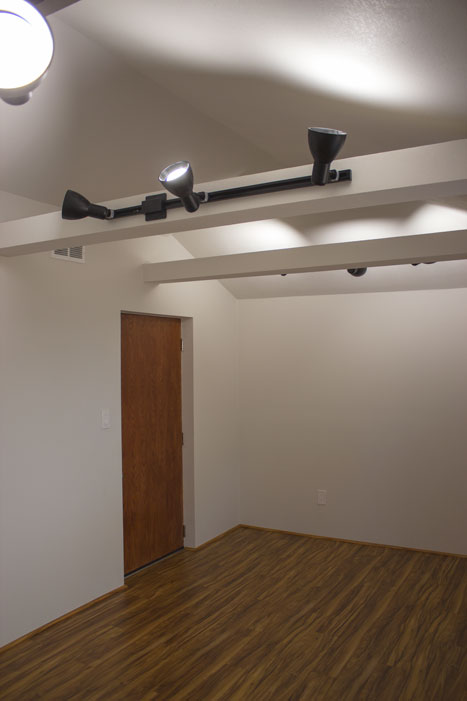
Done! No noise from outside can be heard, but the next step is treating the walls. Sound on Sound has a great article about environmentally friendly materials that can be used to treat the inside of your studio, to create a great tracking/mixing space.
Related Articles

Powering Music with the Sun
October __, 2019

Making an Environmentally Friendly Vinyl Record
December 17, 2015
Sources & Footnotes
1. UltraTouch Insulation Brochure | ↩
2. Owens Corning Noise Control Guide | ↩
3. Roxul Rockboard Brochure | ↩
4. Unfortunately, Roxul does not provide STC ratings; however they do provide their NRC ratings. STC measures the absorption between rooms, whereas NRC measure the absorption of sound that would be reflected back into a room. The first step in constructing a recording studio is to block sound from entering and exiting a structure. For this reason, STC is a useful measurement for determining what materials should be placed inside the walls. Once the studio is completed, the next step is setting up treatments within a room to absorb sound being reflected. For comparison, an NRC chart is below. | ↩
Insulation NRC and Price Per Square Foot Comparison - Chart
| Insulation Type | 125 | 250 | 500 | 1000 | 2000 | 4000 | NRC | PRICE PER SQUARE FOOT |
|---|---|---|---|---|---|---|---|---|
| Octave Band Center Frequency | ||||||||
| Bonded Logic - UltraTouch - 3.5" thick1 | 0.95 | 1.3 | 1.19 | 1.08 | 1.02 | 1 | 1.15 | $0.77 |
| Owens Corning - 703 plain - 3 5/8" thick2 | 0.53 | 1.19 | 1.21 | 1.08 | 1.01 | 1.04 | 1.1 | $3.25 |
| Roxul - Rockboard 60 - 3" thick3 | 0.78 | 0.89 | 1.04 | 0.98 | 1.01 | 1.02 | 1 | $1.50 |
NRC stands for Noise Reduction Coefficient, reflecting the percentage of sound waves which come into contact with the sound absorption materials and are not reflected back into the room. NRC values measure the absorption of sound that would reflect back into the same room. An NRC rating does NOT measure how well a material can block sound. The NRC rating for sound absorption materials ranges from 0 (perfectly reflective) to 1 (perfectly absorptive). Test method: ASTM C423 - Type A.

